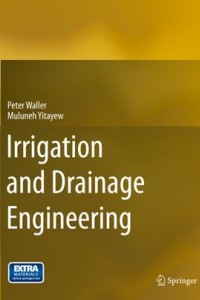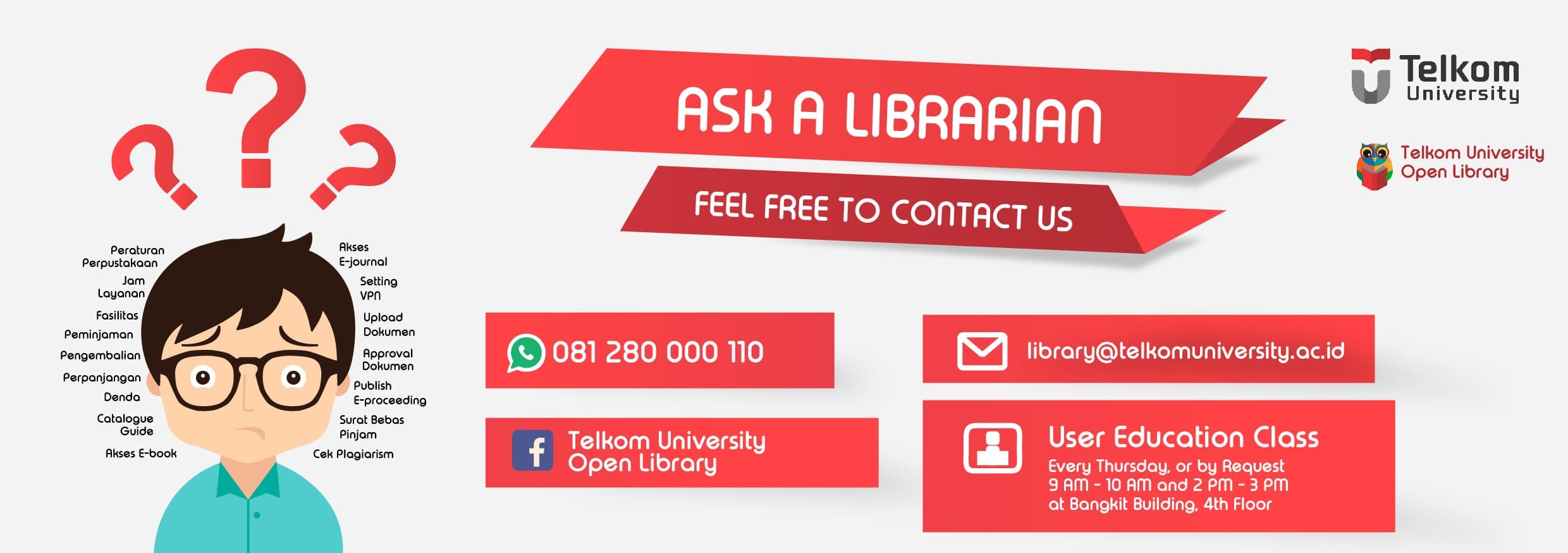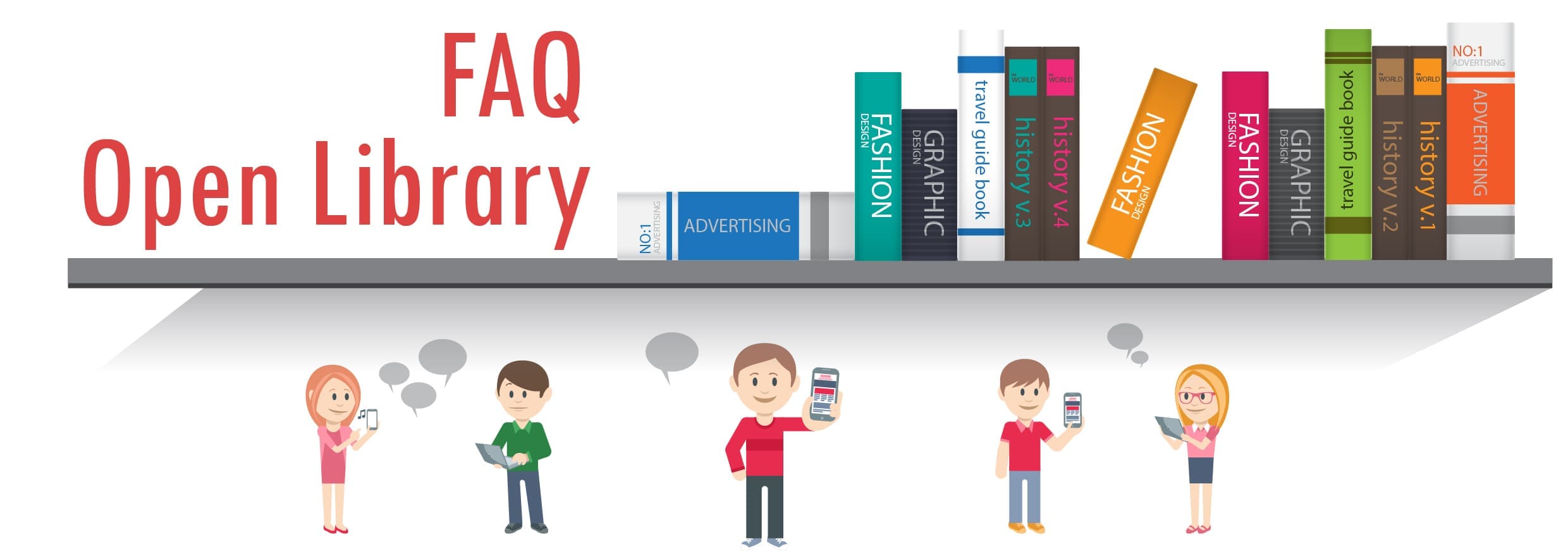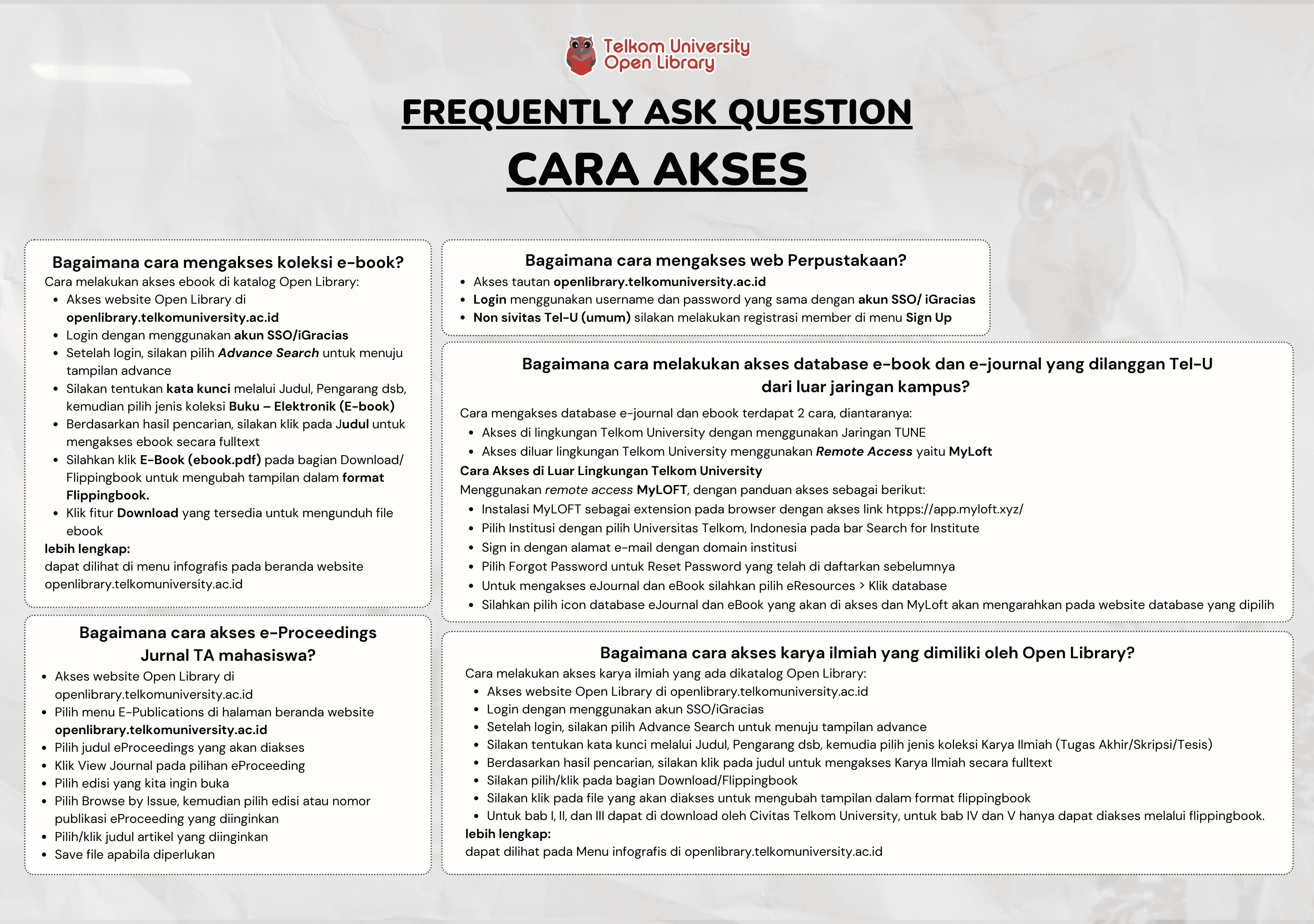Irrigation and Drainage Engineering
Peter Waller, Muluneh Yitayew

Informasi Umum
Kode
20.21.477
Klasifikasi
607.427 - Engineering Design
Jenis
Buku - Elektronik (E-Book)
Subjek
Engineering
No. Rak
Dilihat
363 kali
Informasi Lainnya
Abstraksi
This book was written for three semester-long classes: Soil and Water Resources Engineering, Irrigation Systems Design, and Agricultural Drainage and Effluent Treatment. Almost all the chapters are accompanied with Excel/VBA programs that enable students to understand as well as apply the principles as practicing engineers. Homework problems focus on both the Excel/VBA programs and manual calculations. The first section presents the fundamental principles of irrigation and drainage engineering: economics, soils, evapotranspiration, lateral design, mainline design, pumps, groundwater and wells, and open channel flow. We started with economics because that is basis for analysis of any agricultural enterprise. Soils and evapotranspiration are the fundamental design variables in irrigation system design. The four fundamental components of irrigation systems are covered in the last five chapters. The second section describes the design process for the following irrigation systems: center pivot, turf sprinkler, wheel-line sprinkler, orchard sprinkler, landscape drip and bubbler, agricultural subsurface drip, surface, greenhouse hydroponic, and low-head gravity bubbler. The Excel/VBA programs associated with this section enable students to optimize systems with respect to crop growth, water savings, energy use economics, and environmental impact. The programs help students bridge the gap between basic principles and complex designs. The last part of this book focuses on the use of wetlands and agriculture for waste treatment, subsurface drainage, and the WINDS model (Water-use, Irrigation, Nitrogen, Drainage, and Salinity). The theoretical development in these chapters is focused on the algorithms in the WINDS model, which models evapotranspiration and simulates salinity, nitrogen, and water transport in soil layers. Water and solutes are routed with the tipping bucket approach after large storms and the Richards equation (energy differences) between in?ltration events. The nitrogen model simulates fertilization, mineralization, denitri?cation, and plant uptake. The drainage algorithm uses the Kirkham streamtube approach as well as the interaction between the water table and the vadose zone. Traditional drainage algorithms used by the USBR and DRAINMOD are also presented with an emphasis on the economic evaluation of alternative drainage systems designs.
Koleksi & Sirkulasi
Tersedia 1 dari total 1 Koleksi
Anda harus log in untuk mengakses flippingbook
Pengarang
| Nama | Peter Waller, Muluneh Yitayew |
| Jenis | Perorangan |
| Penyunting | |
| Penerjemah |
Penerbit
| Nama | Springer |
| Kota | New york |
| Tahun | 2016 |
Sirkulasi
| Harga sewa | IDR 0,00 |
| Denda harian | IDR 0,00 |
| Jenis | Non-Sirkulasi |




















